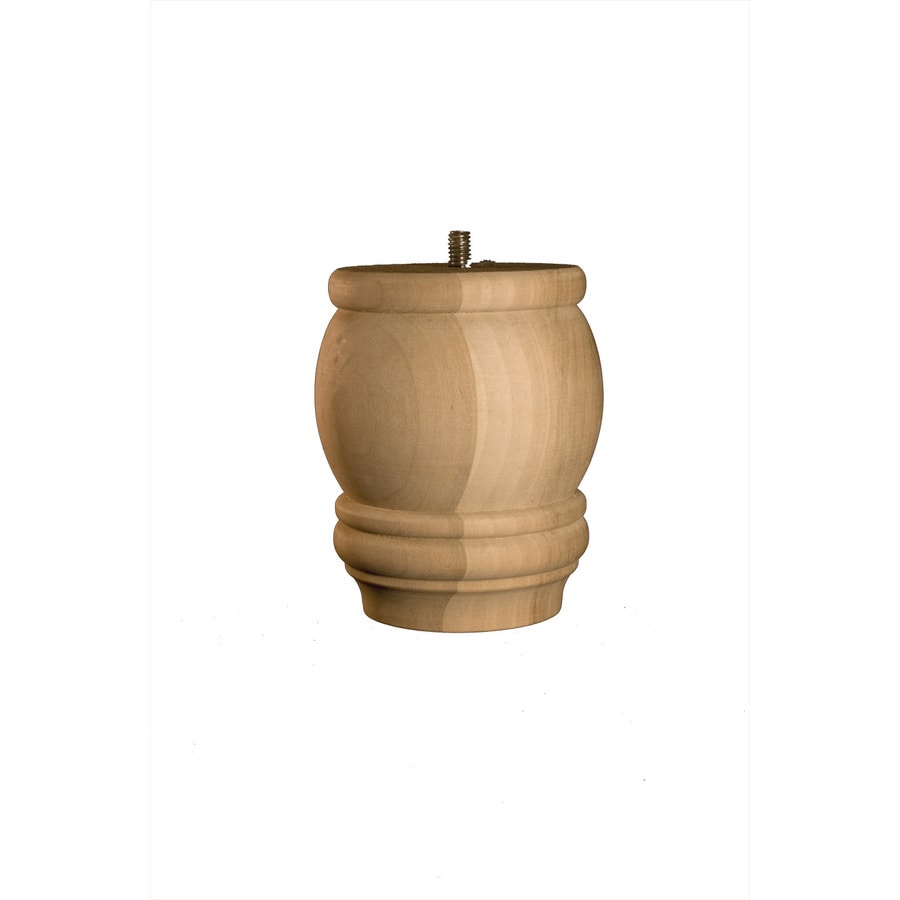This dresser is the second piece of furniture I refinished for our beach cottage. This was my first experience using candlewax in the distressing process. The dresser was another Craig's List purchase. I got a good deal on it because of the scratches and the overall condition of the dresser. Below is the only "before" photo I had, where I am preparing to paint after sanding...
I lightly sanded the piece (80 grit, then 120 grit) before applying the candlewax. A note on sanding - the original finish was a dark stain, and I wanted to expose some of the dark stain with the distressing. I found it important not to "over-sand" the edges and remove the stain all the way down to the bare wood. I found it was very easy to overdo the sanding on the edges. Once I was finished sanding, I ran the candle across all the edges of the piece and also rubbed it on existing cracks and scratches.
The paint color is Tidewater by Sherwin William's #6477. I had this mixed at Lowe's - the Valspar satin paint and primer in one. I was able to skip the step of priming and just put on two coats of paint.
Once the paint was dry - it was very easy to distress the piece with sandpaper. The areas that had been waxed prevented the paint from sticking and it was easy to expose the stained wood underneath. I found this to be so much easier than just using sandpaper and no candlewax (like I had done on previous furniture pieces).
The sandpaper gets "gooped-up" with paint and candlewax, but no big deal. I just used old pieces of sandpaper that were not much good anymore anyway. I also found I could use a plastic scraper to get some of the paint off, but overall I found the sandpaper to be more effective. I would recommend starting with a plastic scraper and doing another pass with sandpaper.
 |
| Sandpaper after sanding over paint and candlewax |
This piece has a home in one of the bedrooms in our beach cottage.
The framed photos above the dresser are from a photographer we found on Etsy. The 8x10 prints are sold as a set and were the inspiration for the color scheme of this room.
 |
| Photos purchased from Etsy The barn wood frames are from Hobby Lobby. |
 |
| Headboard and nightstand in same bedroom. |
This dresser has now been moved into our dining room and is being used as sort of a buffet. It's worked out well for additional storage of kitchen items, but I felt it was too short to pass as a buffet or sideboard.
  |
| BEFORE - without feet AFTER - with feet |

https://www.lowes.com/pd/Maple-Sofa-Table-Leg-Actual-3-5-in-x-4-5-in/3502464
The feet were stained a dark brown. We had to install pieces of 4x4 in the bottom of the dresser as the base was "hollow" behind the decorative base. This gave us something to screw the feet into. We used long screws and countersunk them to be able to cover them up with wood filler later.
I also used some hardware pieces made of metal that were hammered into the 4x4 pieces that were perfect for screwing in the feet into the wood blocks. I can't find them online, but they were in the furniture hardware section.
Wood filler was used to cover up the screw heads and then I just painted over it with the aqua paint.
After the feet were installed, you could see some of the raw wood of the blocks. My first instinct was to cover them with the same aqua paint as the dresser, but I'm glad I went with the brown stain used on the feet. I think it makes the whole piece look more substantial than it really is.
I'm glad I tackled this project because it makes me realize it is possible to add, or change out, feet on just about any piece of furniture.
If you are interested in a general overview of some DISTRESSING TECHNIQUES, see my post here which covers the use of SANDPAPER, CANDLEWAX and VASELINE.
For more beach cottage posts see my Beach Cottage page.














No comments:
Post a Comment